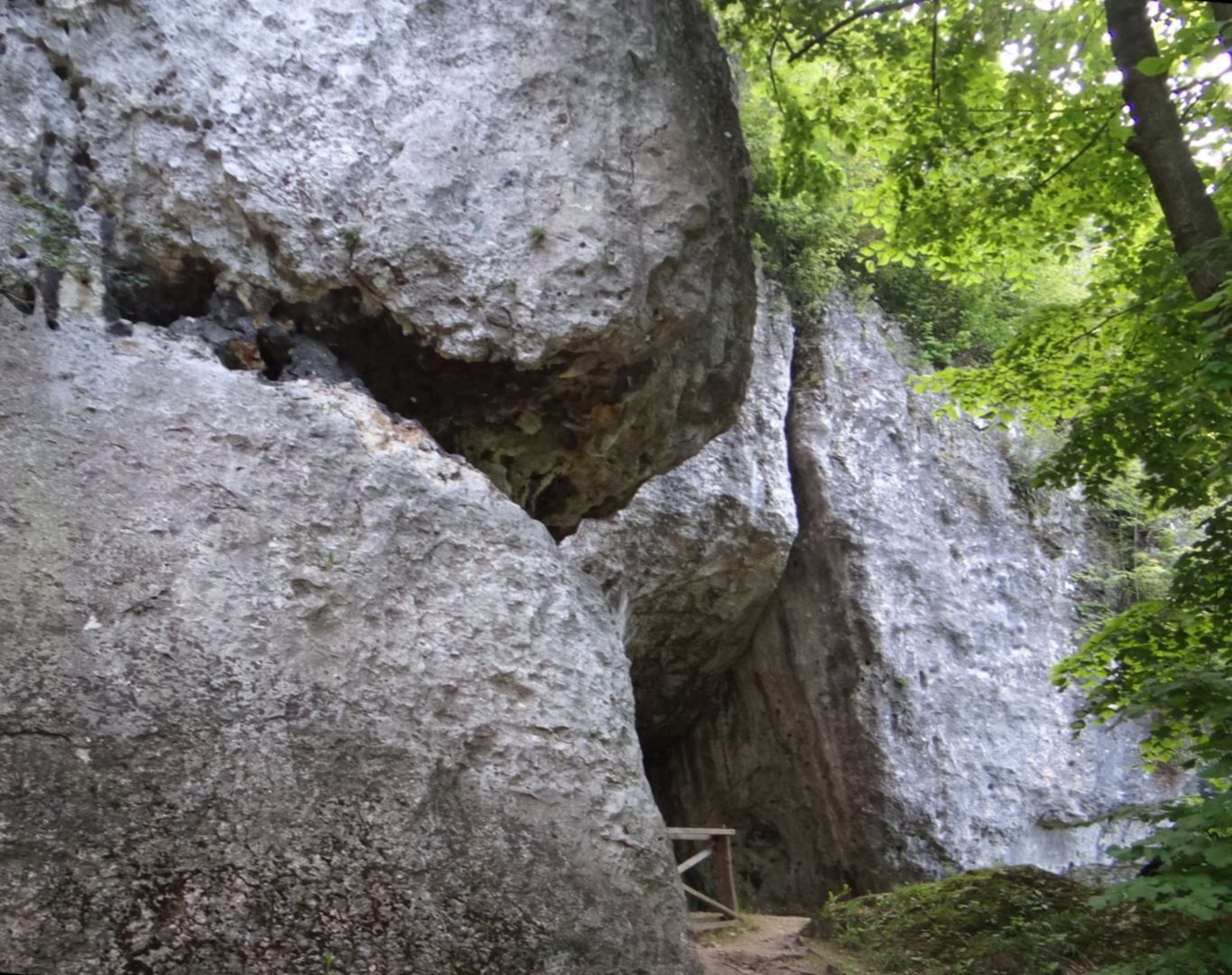Bisnik Cave
7.07

Overview
The Biśnik Cave, located near the village of Smoleń in the Silesian Voivodeship, is an important archaeological site whose history of exploration dates back to 1951, when it was first described by Kazimierz Kowalski. Initially thought to be two separate caves, it was later identified as a single structure. The cave is renowned for numerous discoveries of fossilized bones and clay vessels, confirming its significance as a settlement site since the Middle Paleolithic era. Systematic archaeological work began in 1992, with the oldest finds dating back approximately 270,000 years. The cave was inhabited by Homo erectus, underscoring its long history of continuous local settlement. The upper part of the cave features a wide corridor formed by a vertical rock fracture, with numerous openings, while the lower section has a more complex structure, with smaller chambers and tunnels. The cave exhibits numerous karst formations, and its large entrance has been repeatedly vandalized by unknown perpetrators. Biśnik Cave is not only a site of archaeological research but also a natural habitat hosting diverse animal species, including bats. Additionally, the growth of algae and mold on organic remains inside the cave highlights its complex ecosystem. Overall, the cave represents a multilayered history, rich cultural heritage, and significant natural value, making it an intriguing destination both scientifically and touristically.
Location
2025 Wizytor | All Rights Reserved